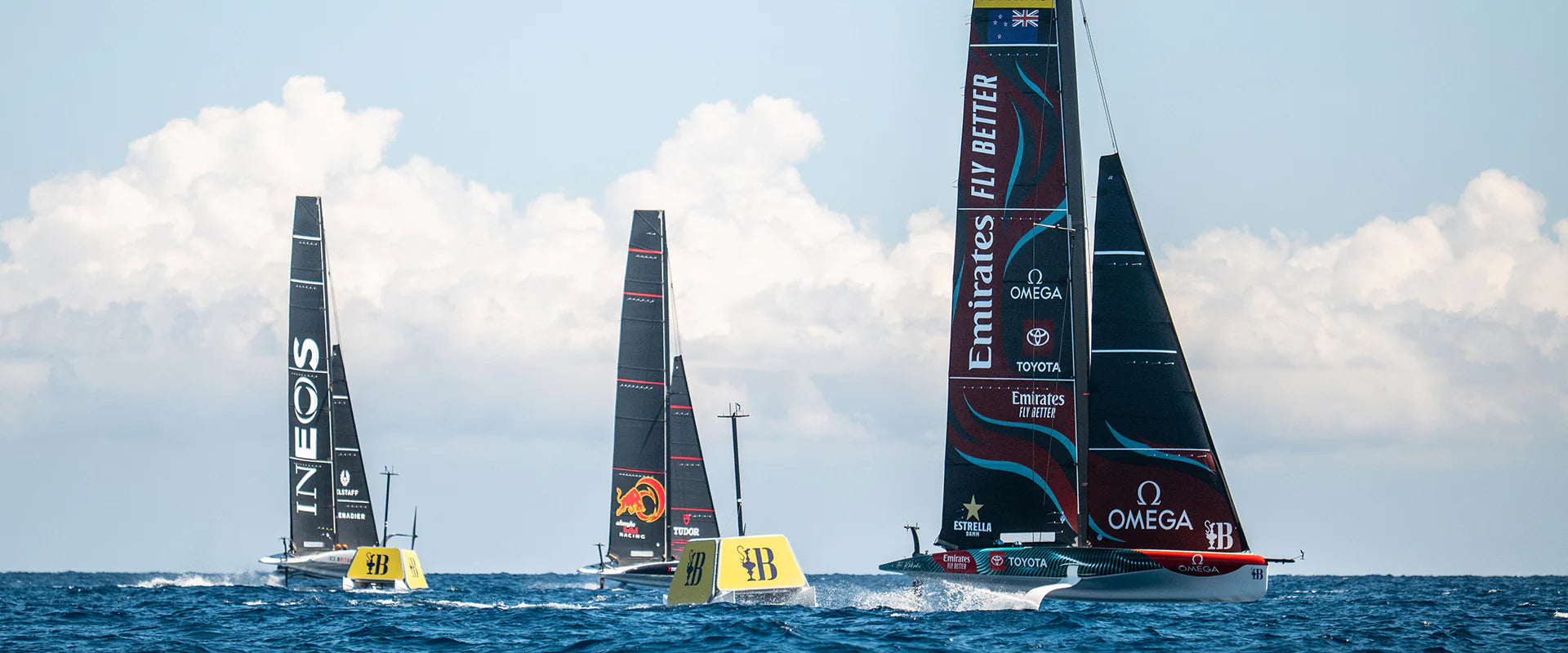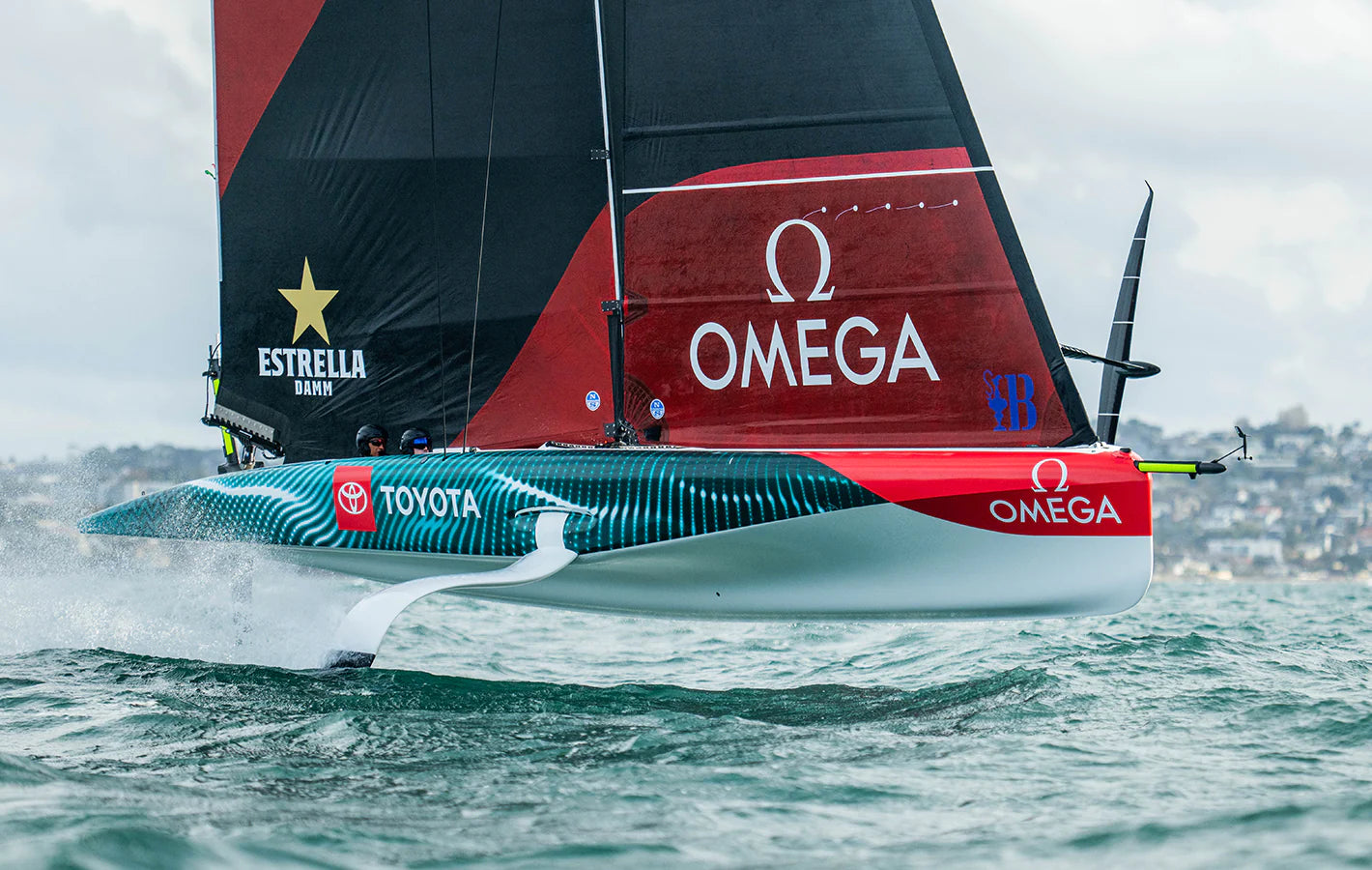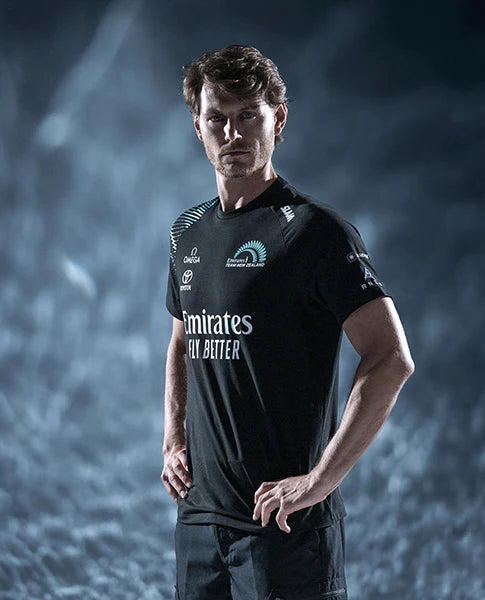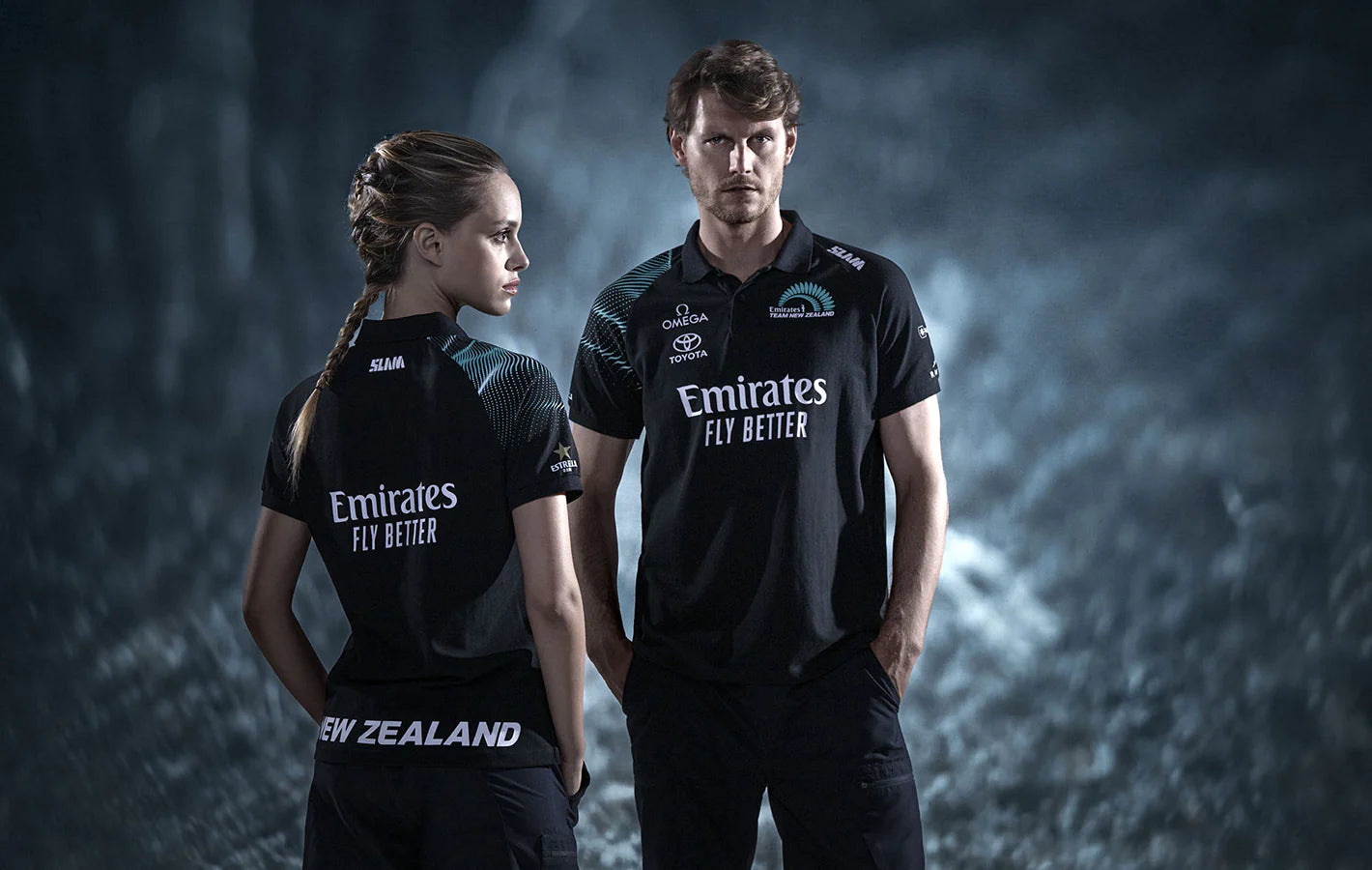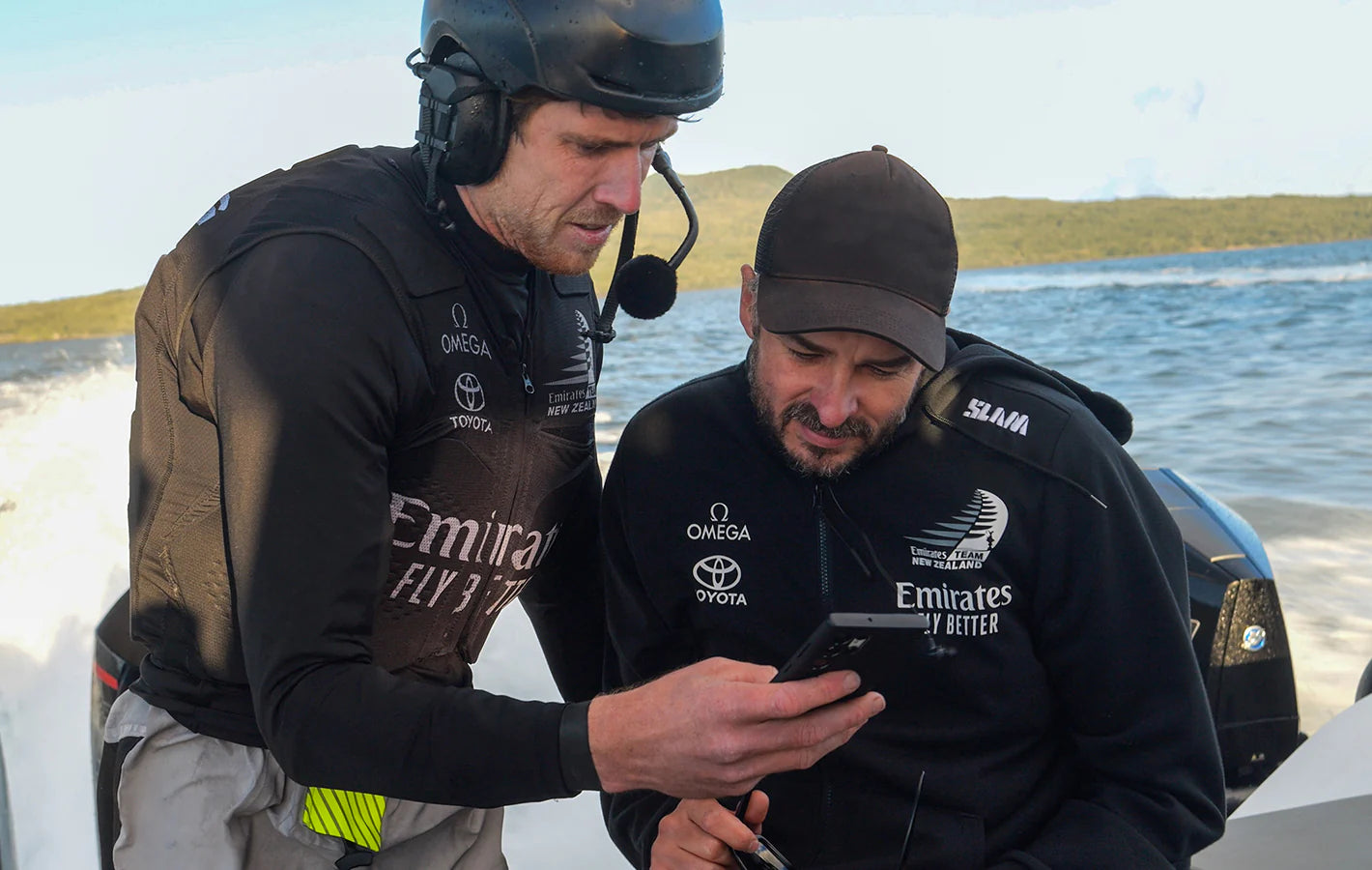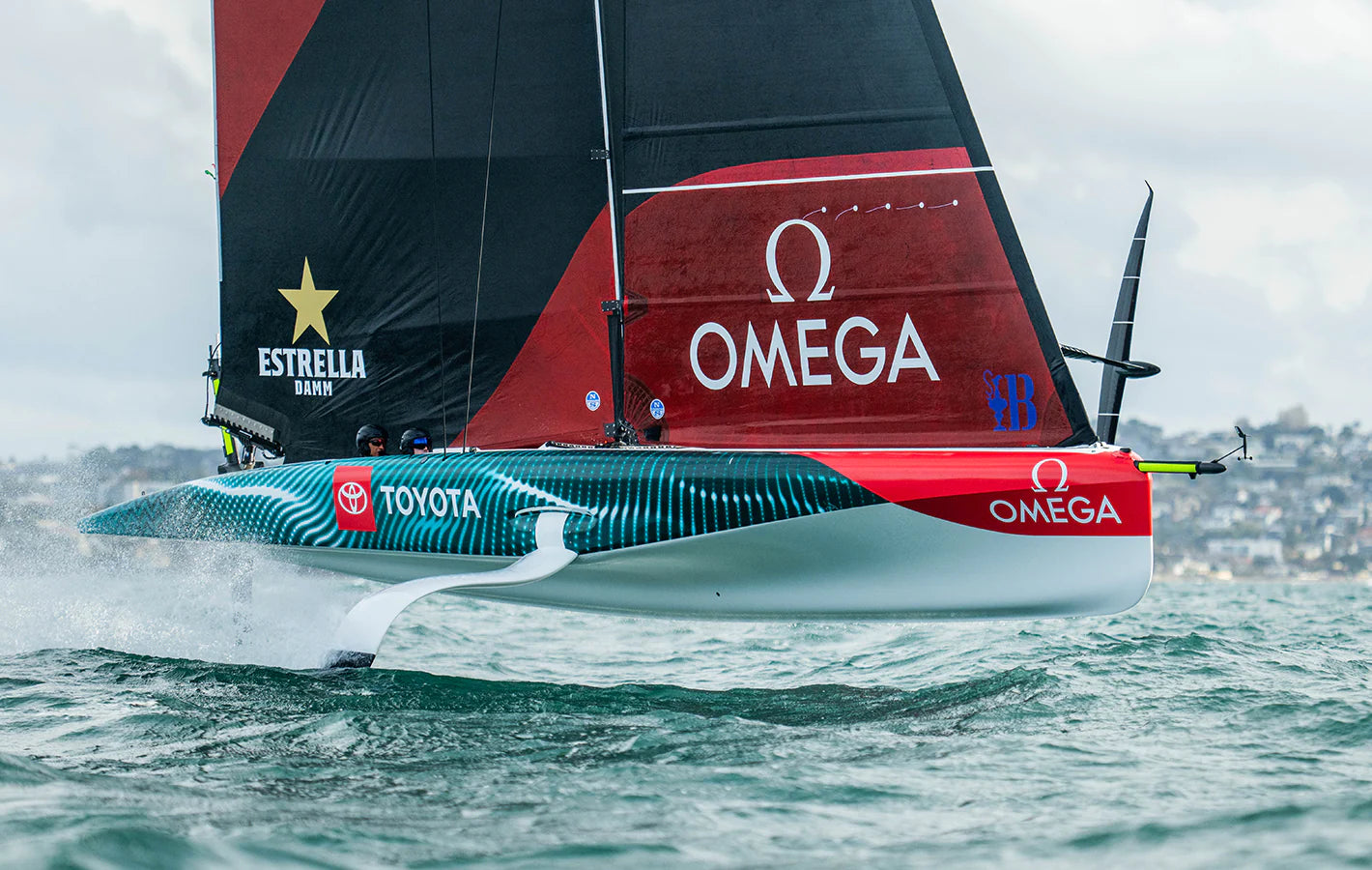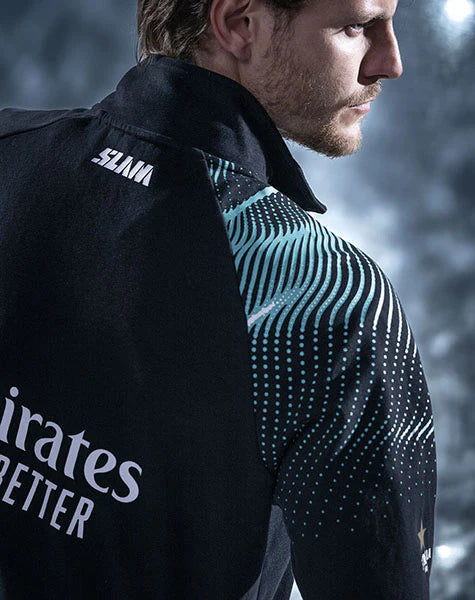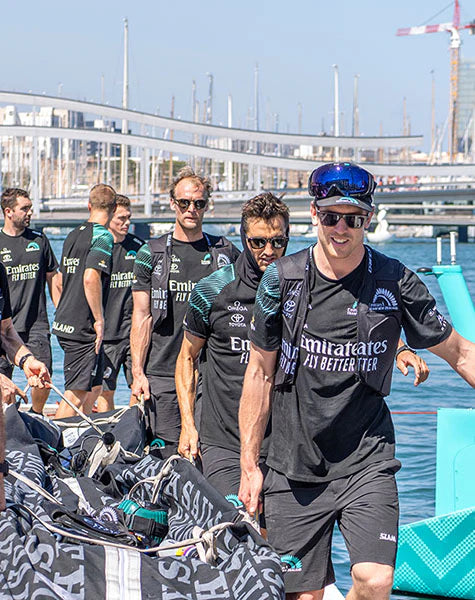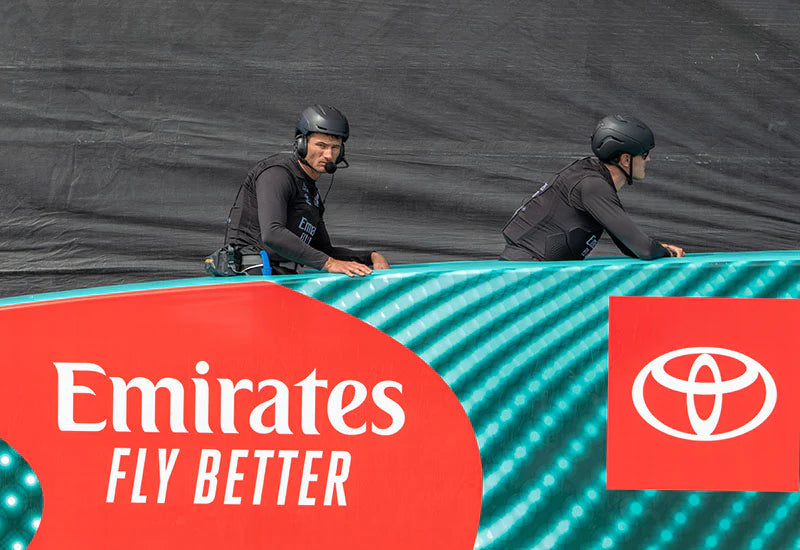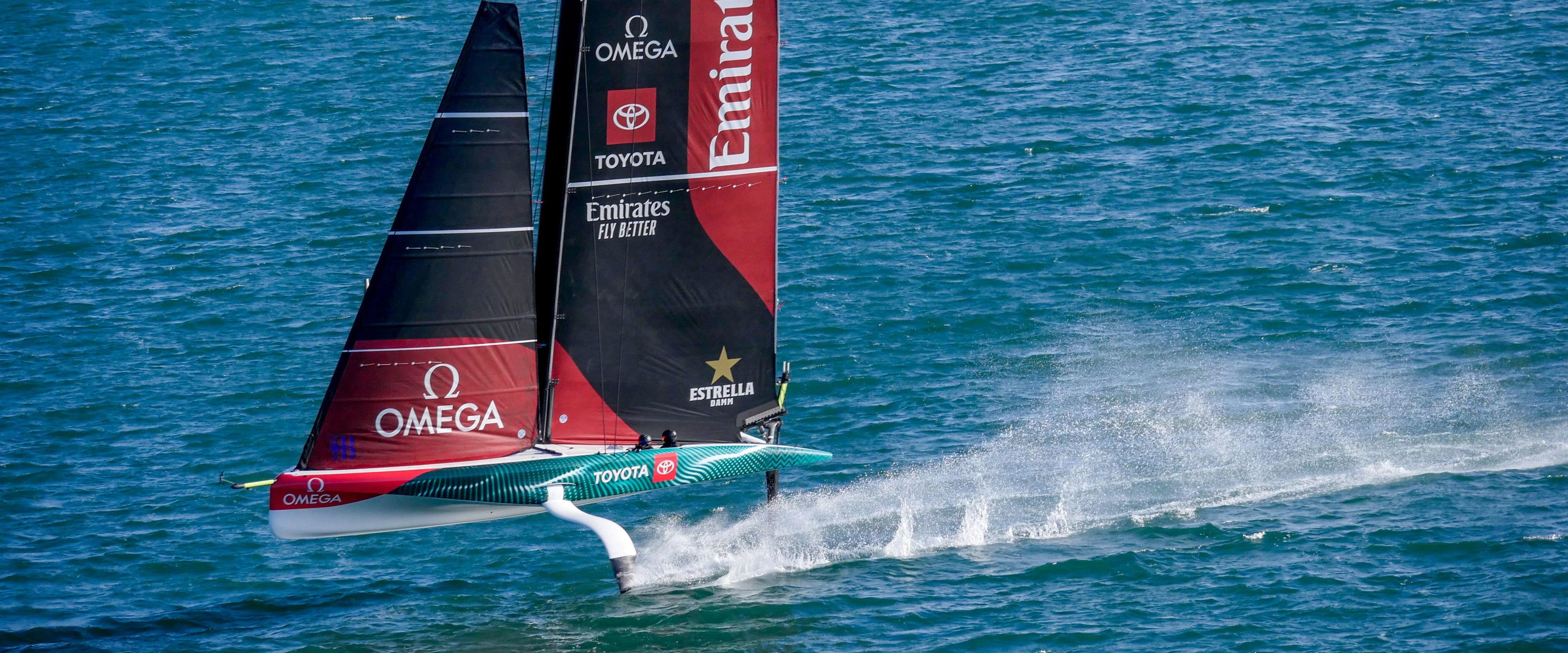In saying that, we didn't think the catamaran had captured the whole sailing world, because if you look at the catamaran, if you look at yachting in general, catamaran owners would probably be lucky if they were 10% of the overall number, where we think monohulls were probably a far bigger percentage, and somehow, we wanted to capture that. So that started the idea of “maybe we can do a foiling monohull”, and, like the catamaran had been dragged forward with new technology, to grab hold of the monohulls and really drag that forward. So, in the early days, we set off and probably came up with about eight different concepts that were possible for AC 37. Remembering this is a decision that has tube agreed between the defender and the challenger of record, which at that time was Luna Rossa. The concept started from quite traditional through to really dynamic, really advanced, and quite out there. So, in the end, we came to a decision that we were going to go with a monohull, but it was going to be a foiling monohull. And it was a huge leap of faith and a lot of trust in our own abilities and our own design team to do that, because no one had ever seen a boat like that before. No one really knew if a boat like that was going to work.
All of that decision making was done through our design tools and our software and our simulator, our simulations, and the rule was put down and announced before any of those boats had ever been built. So, to see the boats now in the water and what they've become, and especially seeing the America’s Cup sailed in Auckland a few years ago, they really have revolutionised the sport. They are so exciting, they're so amazing to see up close, and they really are sort of a marvel of technology, the AC 75 class, and it's a real credit to the group that put those boats together. The really interesting and exciting thing about that is how quickly it has trickled down to the rest of sailing in a very short period of time, right down to children's sports and their entry into sailing. Everything now is about speed. Everything wants to be about foiling, whether it’s Moths or Waszps or whether it's foiling boards, wing boards, power boats with foils. All of those things have come very quickly, and a lot of that has come from the innovation that started with the foiling monohull, which is the AC 75!

